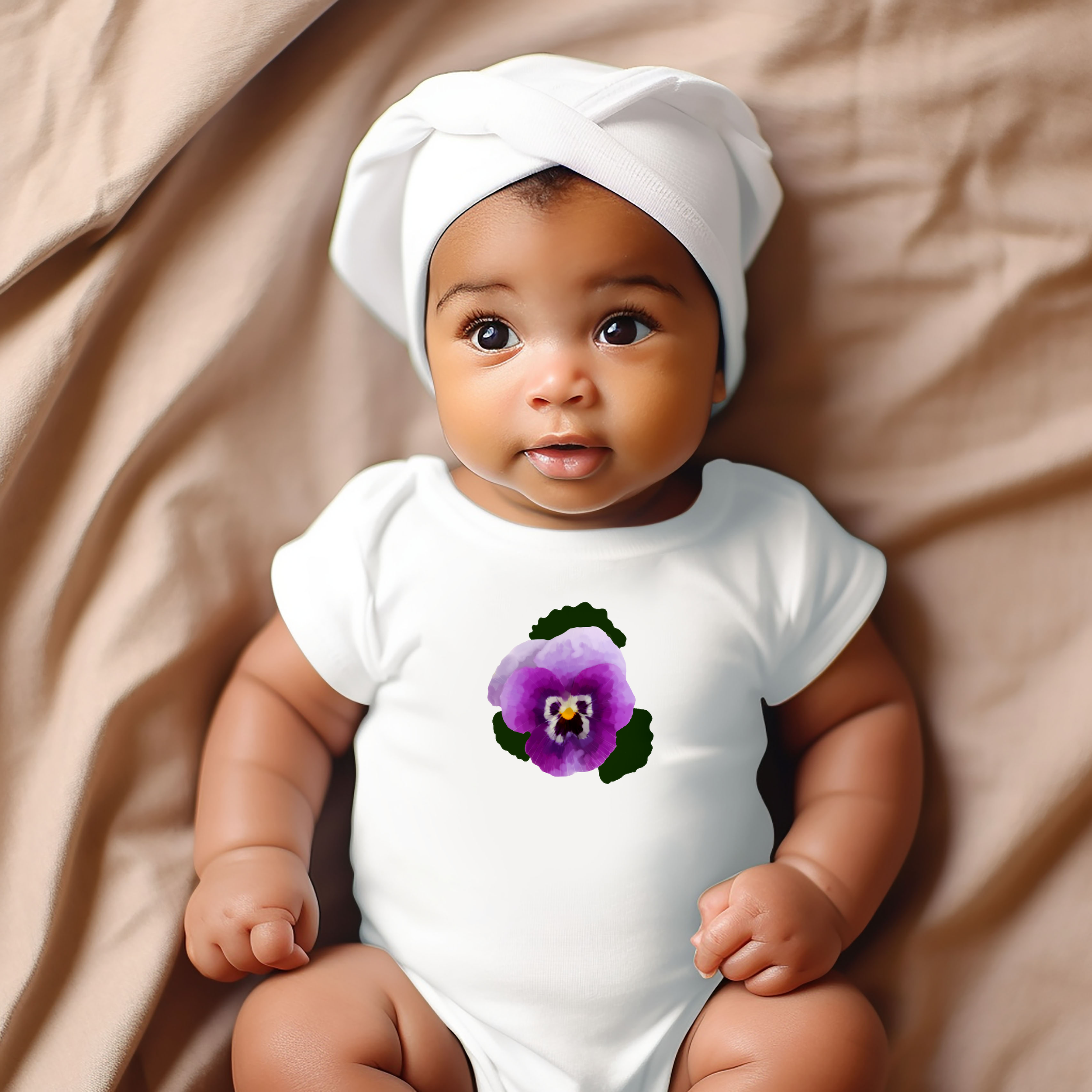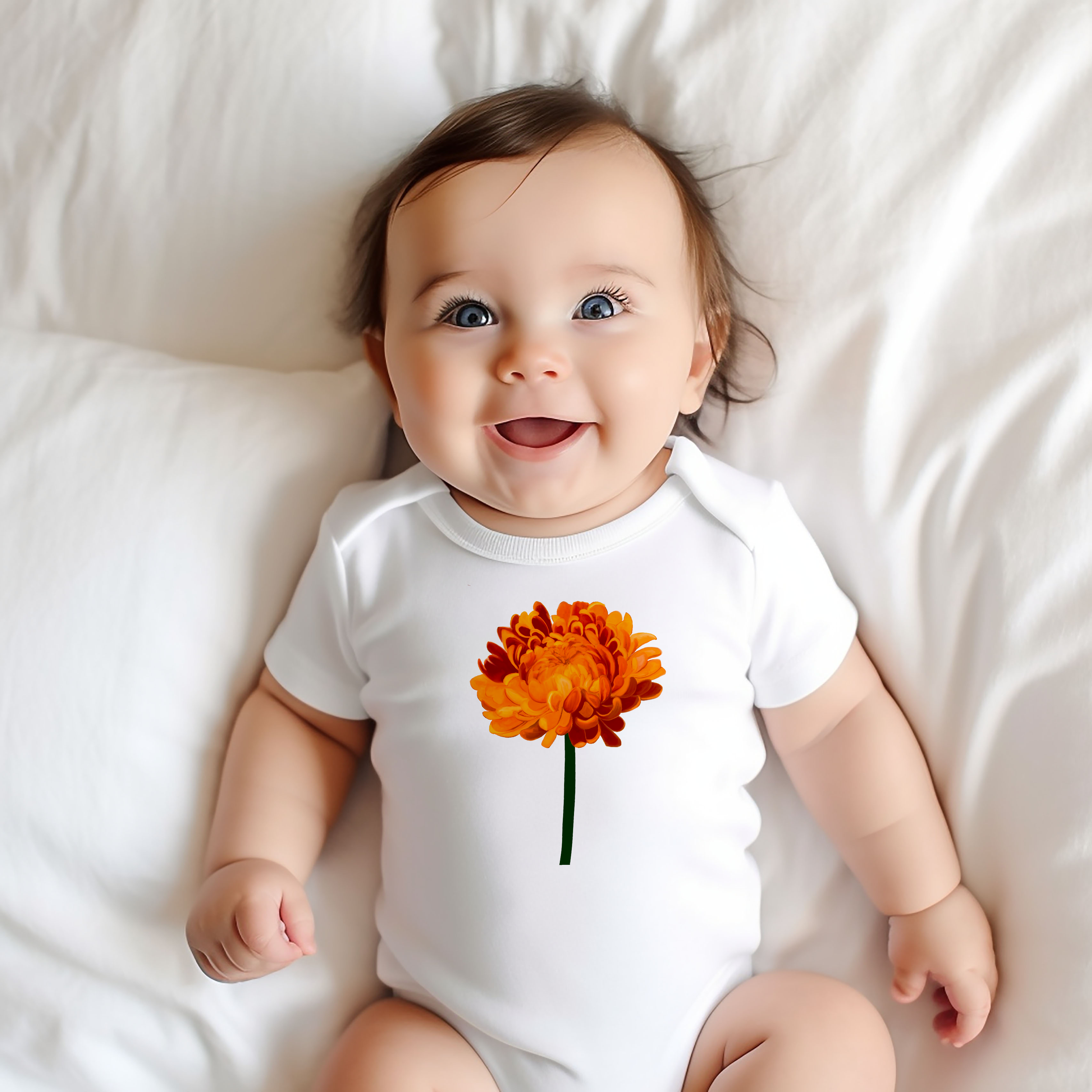The Secret Language of Blooms: Victorian Flower Meanings of the Rose, Violet, Chrysanthemum, Marigold, Lily, and Gladiolus
During the Victorian era, flowers were more than beautiful—they were a language of their own. With strict rules around courtship and expression, people turned to floriography, or the “language of flowers,” to convey emotions and intentions that words could not. A simple bouquet could deliver an apology, a declaration of love, or even a subtle warning.
Let’s take a closer look at the hidden meanings of six iconic flowers from the Victorian floral dictionary—and how their symbolism still lingers today.
The Rose – Love in Every Shade
The rose is the undisputed queen of floriography. In Victorian times, each color carried its own nuance:
Red Rose: Deep, passionate love
White Rose: Purity, innocence, and silence
Yellow Rose: Jealousy (though today it often means friendship)
Pink Rose: Grace and admiration
Orange Rose: Desire and fascination
A Rose Without Thorns: Love at first sight
The number of roses mattered too. A single rose declared devotion, while a dozen meant, “Be mine.”
The Violet – Modesty and Faithfulness
Sweet violets were beloved for their shy, heart-shaped petals and humble fragrance. They represented modesty, humility, and faithfulness. Victorians often included violets in posies exchanged between close friends or lovers who couldn’t speak their feelings aloud.
A purple violet whispered “I’ll always be true,” while white violets suggested innocence and a quiet affection.
The Chrysanthemum – Truth and Devotion
Chrysanthemums, with their starburst of petals, symbolized truth, loyalty, and long-lasting love. Their exact meaning often varied by color:
Red Chrysanthemum: Love
White Chrysanthemum: Truth and honesty
Because they bloom in late autumn, Victorians also associated chrysanthemums with resilience and remembrance.
The Lily – Purity, Majesty, and Renewal
Lilies were layered in symbolism, depending on the variety:
White Lily: Purity and virtue
Water Lily: Beauty and Birth
Tiger Lily: Passion and pride
Lily of the Valley: Return of happiness
Lilies were commonly seen in bridal bouquets and funeral arrangements, bridging themes of life, love, and loss. For Victorians, the lily expressed the dignity of the soul and the fragility of life.
The Gladiolus – Strength and Remembrance
Tall and striking, gladiolus flowers symbolized moral integrity, strength of character, and infatuation. The name comes from the Latin gladius, meaning sword—fitting for a flower that seemed to pierce the heart with admiration.
To receive gladiolus meant, “You’ve struck me through the heart.” It was a bold flower in an age of delicate subtleties.
A Language That Lingers
Though we no longer pass secret notes in petals, the meanings attached to these blooms endure. Whether naming a baby, designing a bouquet, or creating art and clothing (hello, baby bodysuits!), flower symbolism continues to shape the way we express love, memory, and beauty.
Next time you hold a bouquet or see a petal drifting to the ground, imagine the stories it might have told in another time—and what messages you might still send without saying a word.





